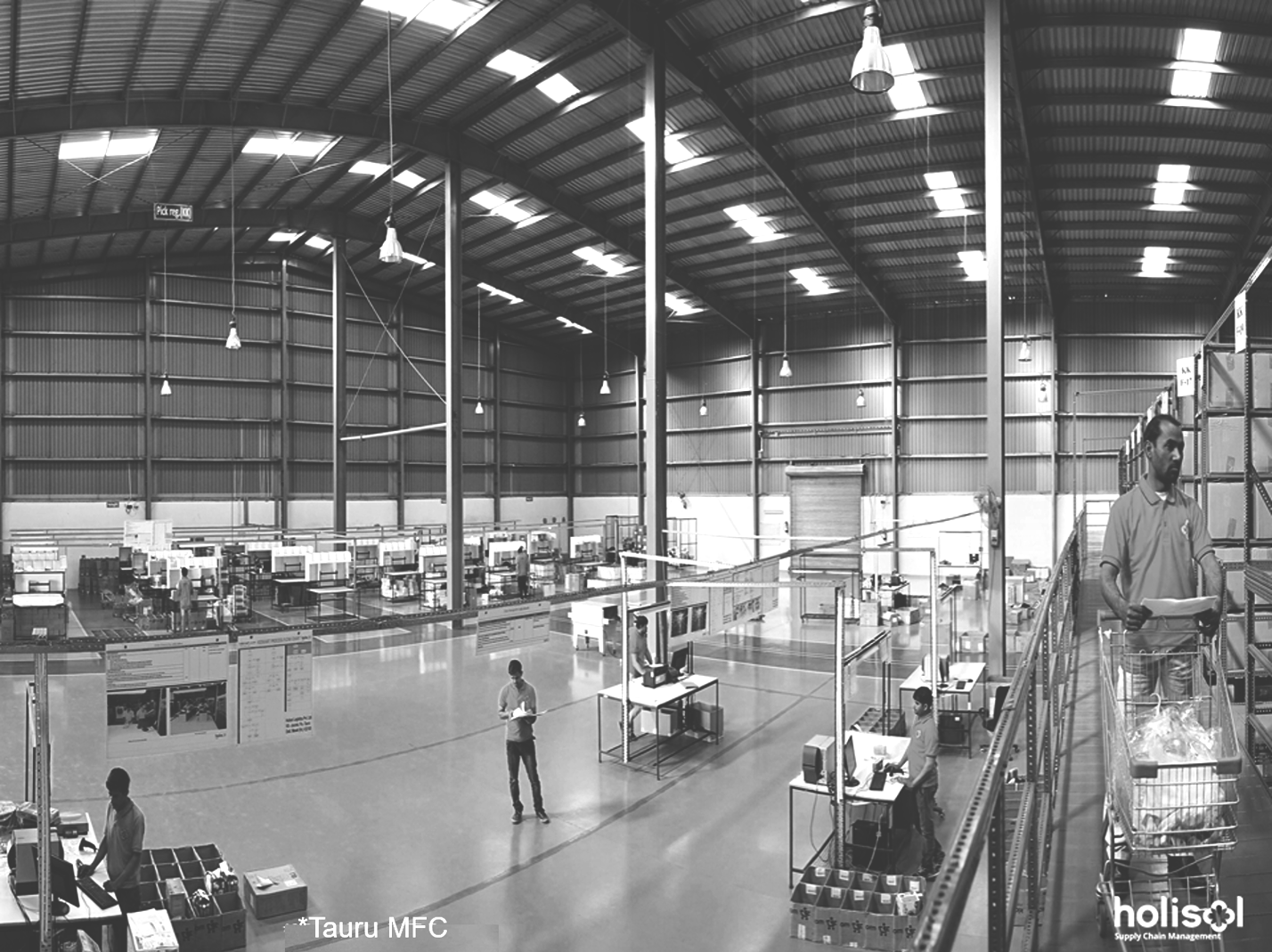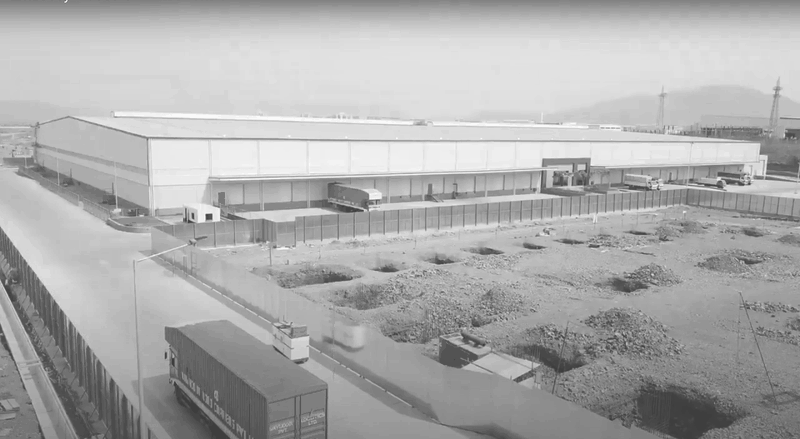The I & L RE sector underwent a metamorphosis after 2017 in terms of quality of assets, mode of operations and type of investments. Its ongoing evolution has caught attention of global investors, especially because of the size of the opportunity offered by this sector as quality warehousing supply still vastly lags demand. Going forward, shifts in supply chain and increasing popularity of e-tail are expected to keep this sector one of the best-performing RE assets for the foreseeable future.
Total Warehousing Space Requirement
Manufacturing led requirement
Consumption led requirement
Metals
Textile
Brick & Mortar Stores
E-tail
Food Processing
Auto & Auto Ancillary
Apparel, Sportswear & Footwear
Food & Beverage
Engineering
Chemical & Pharma
Home & Lifestyle
Daily Needs
Others
Electronics
Challenges
Bangladesh, having been ranked 100 in Logistics Performance Index (LPI), is still struggling to improve the performance compared to neighbor India which ranked 44th and stood as the regional top. Bangladesh has witnessed a downward trend in four indicators that means a substantial decline in important avenues
In recent years, the government has shown a focus to develop the integrated transport infrastructure for bringing efficiencies in supply chain and reduce transport time. These developments are likely to change the current structure of storage facilities too
Opportunity
The warehousing market in Bangladesh is largely fragmented and consisting of small-scale operations that are predominantly managed by end-user industries which are either owned or rented on long term lease. And, more than 95% of all warehouses (other than Government-owned) in Bangladesh are captive warehouses.
It is prevalent that manufacturing led to a demand for warehousing space is dominant in Bangladesh. However, provided the higher consumption demand from the emerging middle class in the country, consumption led to the demand for warehousing is forecast to show the strongest growth over the upcoming years.


